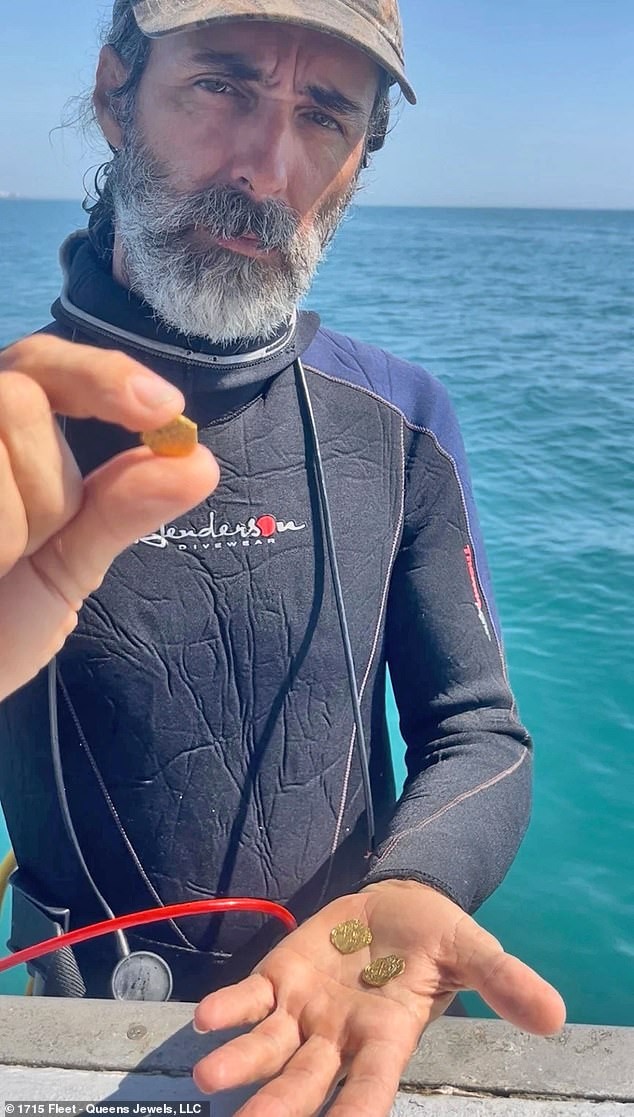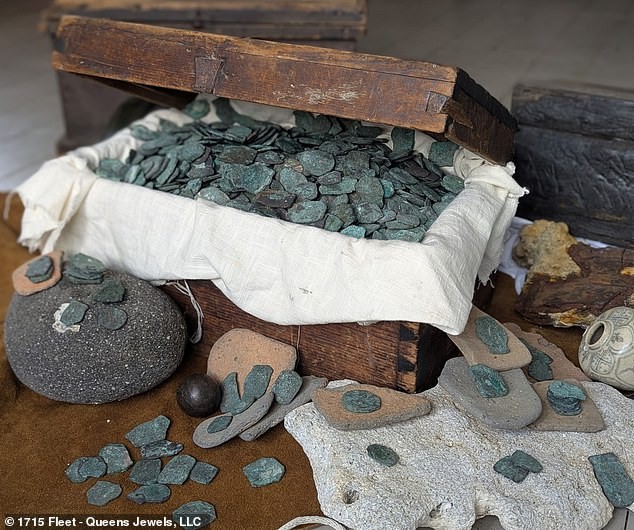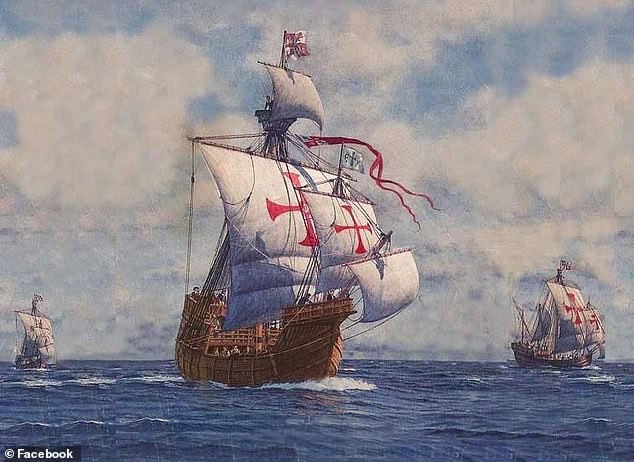The Deep-Sea Jackpot: Divers Strike Nearly $1 Million in 300-Year-Old Coins
A team of divers recovered 1,051 silver coins and five gold coins from the seafloor off Florida’s Treasure Coast during summer expeditions, a treasure valued at nearly $1 million. The operation, 1715 Fleet - Queens Jewels LLC, sits as Florida’s largest historic shipwreck salvage effort. The coins are believed to come from the infamous 1715 Fleet, a Spanish convoy wrecked by a hurricane while sailing from the New World to Spain, leaving more than 700 dead. The salvors will keep 80 percent of the treasure’s value, with 20 percent paid to the state, according to the Miami Herald. “Each coin is a piece of history, a tangible link to the people who lived, worked, and sailed during the Golden Age of the Spanish Empire,” the company said. “Finding 1,000 of them in a single recovery is both rare and extraordinary.”

In This Article:
A Storm That Swallowed a Fortune: The 1715 Fleet and the Queen’s Jewels
On July 31, 1715, a powerful hurricane struck the fleet off Florida’s coast, toppling masts, scattering ships, and capsizing several vessels under mammoth waves. While an estimated 700 to 1,000 people perished, around 1,500 survived—some reaching shore, building temporary shelters, finding food, and attempting to save their sinking treasures. For 310 years, the queen’s jewels lay untouched on the ocean floor. Historians estimate that as much as $400 million worth of gold, silver, and jewels were lost in the storm, making it one of the greatest maritime tragedies—and treasures—of the Americas.

What Was Found: 1,051 Silver Reales and Five Gold Escudos
The divers recovered 1,051 silver coins known as Reales and five gold coins known as escudos. The silver coins were uncovered beneath several feet of sand, concentrated within a 25-square-foot area, and were likely from the same treasure chest that spilled when the ship broke apart in the hurricane’s fury. Five gold coins were recovered, including two larger pieces believed to be 1714 Mexico 8-escudo coins, among a chest containing about 2,500 silver coins deposited along this trail. The discovery is valued near $1 million; gold coins have proven far more difficult to find than silver, according to Captain Mike Perna.

The Team Behind the Treasure: Queens Jewels, Museums, and the Hunt
The discovery is the product of the 1715 Fleet—Queens Jewels LLC—and its partners, including treasure hunters, museums, and underwater archaeologists. The company holds exclusive rights to search for and recover artifacts from the sunken ships of the 1715 Fleet. Plans are underway to exhibit select pieces at local museums. Sal Guttuso, Queens Jewels’ director of operations, said, “This discovery is not only about the treasure itself, but the stories it tells.” Captain Mike Perna, a wreck diver and Queens Jewels board member, added, “Gold coins have proven far more difficult to find than silver. Discovering 300-year-old gold coins underwater is always exciting.”

History, Hope, and the Next Wave of Discovery
The find adds to a larger narrative of a storm that historians estimate claimed as much as $400 million in gold, silver, and jewels, making it one of the greatest maritime tragedies—and treasures—of the Americas. Each coin is a piece of history, a tangible link to the people who lived, worked, and sailed during the Golden Age of the Spanish Empire. According to Perna, the thousand coins represent nearly one-third of a chest of coins from the time period, suggesting more treasure remains. Plans to exhibit pieces at local museums are already in motion, and researchers expect more discoveries along Florida’s Treasure Coast as exploration continues. There are still many treasures yet to be located in the waters off the Treasure Coast.

